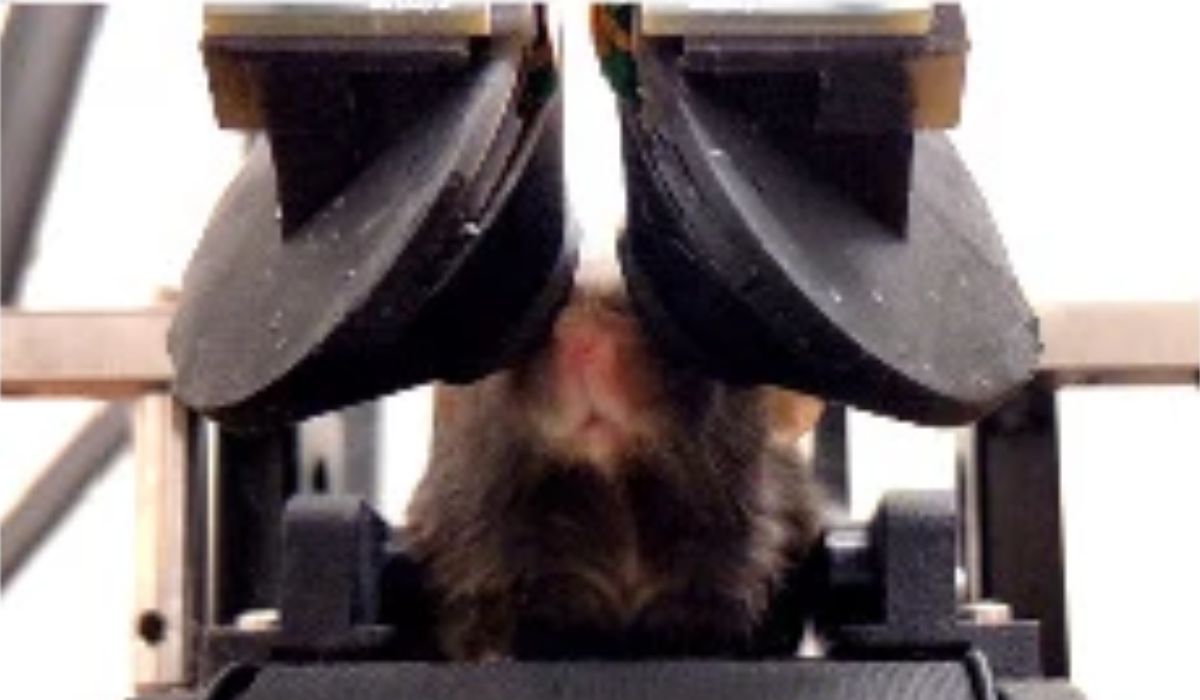
Researchers at Cornell University tested VR headsets on mice to observe how they react in different situations.
Known as MouseGoggles, the VR headsets developed by researchers at Cornell University in New York are being tested on mice to study their reactions in various scenarios.
The headsets utilize components from other devices, such as smartwatch displays. Tests reveal that rodents respond differently to each type of stimulus.
The mice walked on a ball-shaped treadmill while a fluorescent tracking system monitored the stimulation in their brains.
In one of the tests, the mice were presented with a dark, expanding blot approaching them via virtual reality.
Matthew Isaacson, one of the study’s authors, said that the mice didn’t react when large screens were used, but “almost all the mice, the first time they saw this with the goggles, jumped. They had a massive startle reaction.”
Isaacson explained that it took years to develop the VR headsets for the mice.
“We definitely benefited from the hacker ethos, which involves taking parts designed for something else and applying them in a new context,” Isaacson said.
“The perfect screen size for a mouse VR headset was practically already designed for smartwatches. We were lucky not to have to build or design anything from scratch,” he added.
Photo: Nature Methods Matthew Isaacson et al. This content was created with the help of AI and reviewed by the editorial team.

